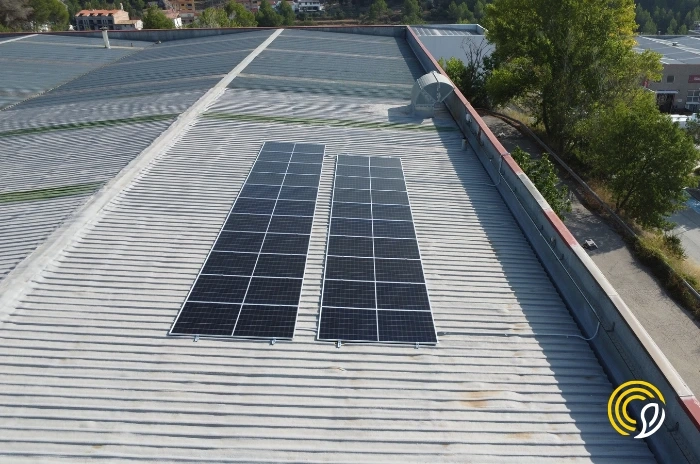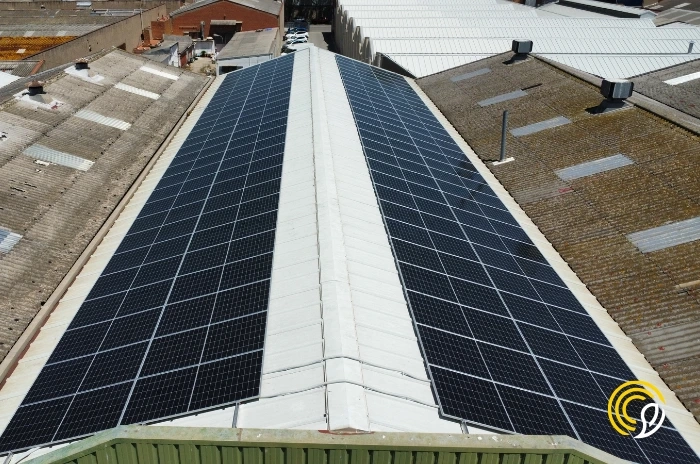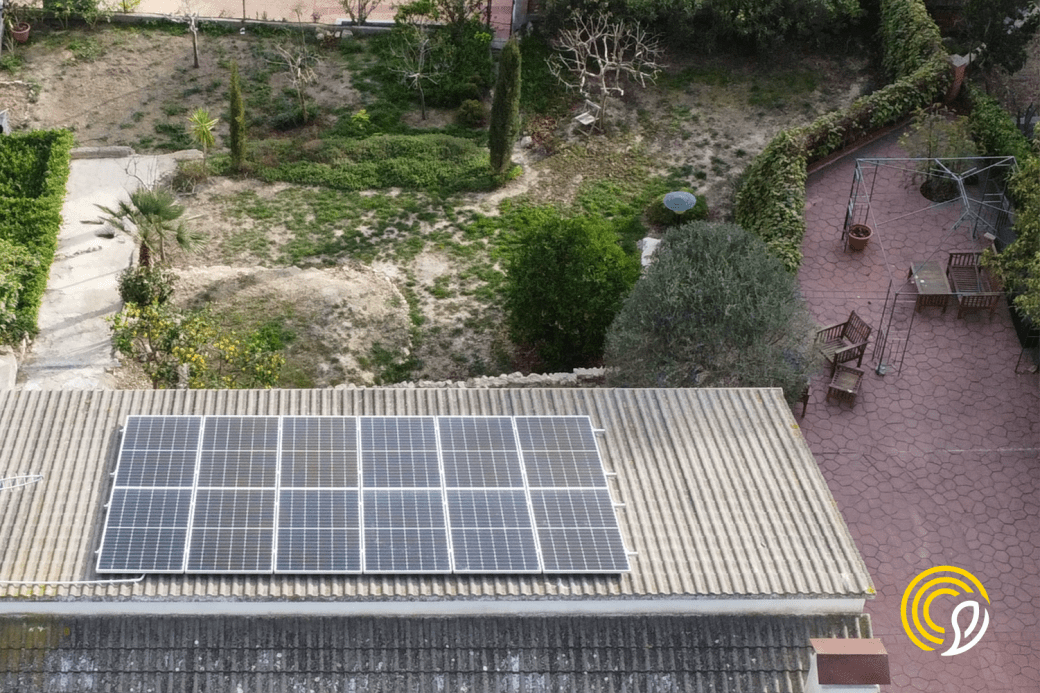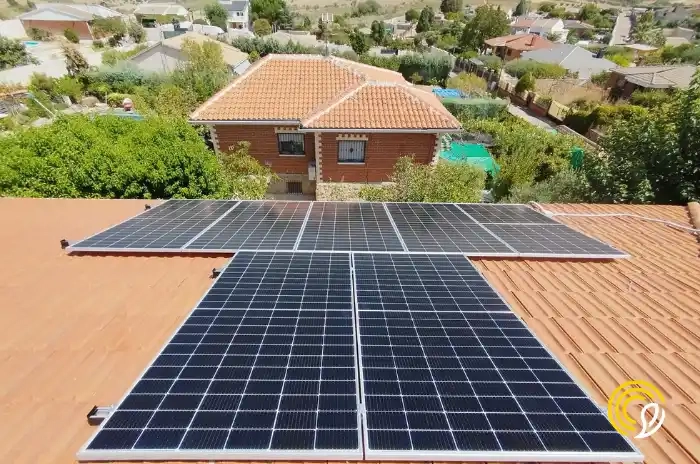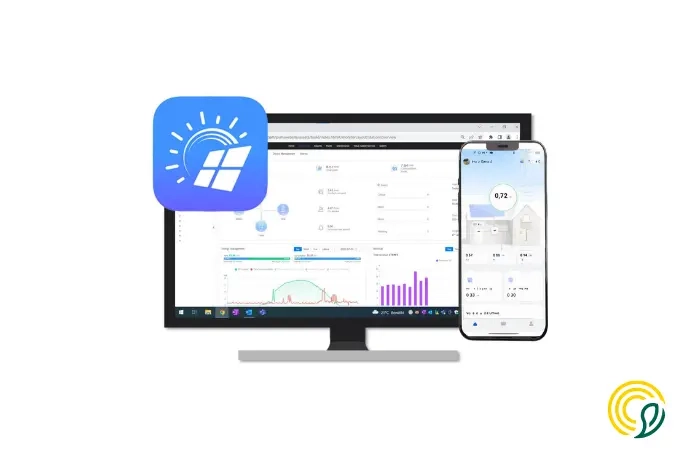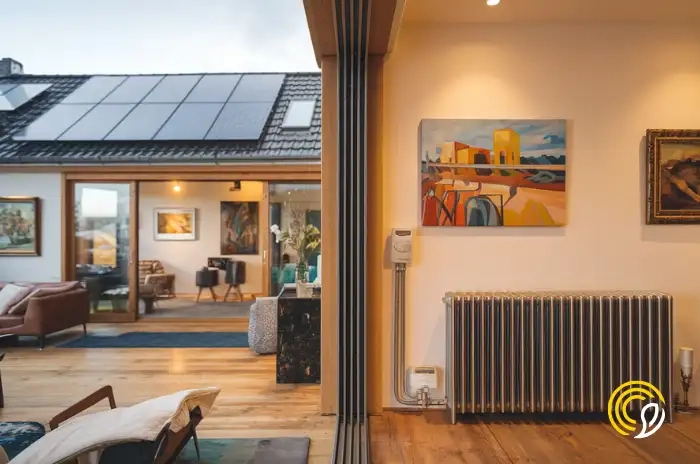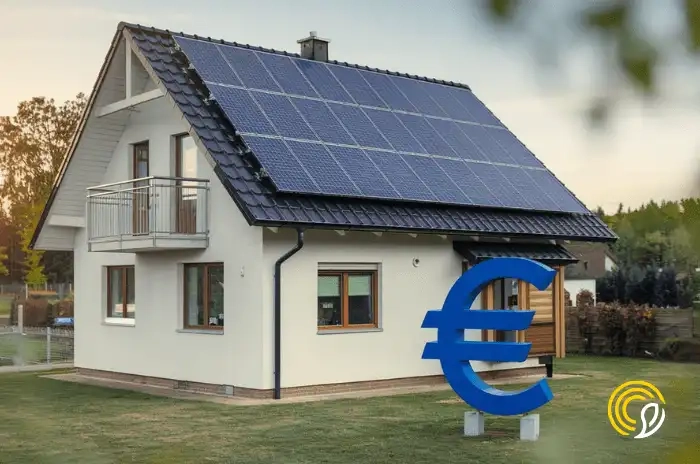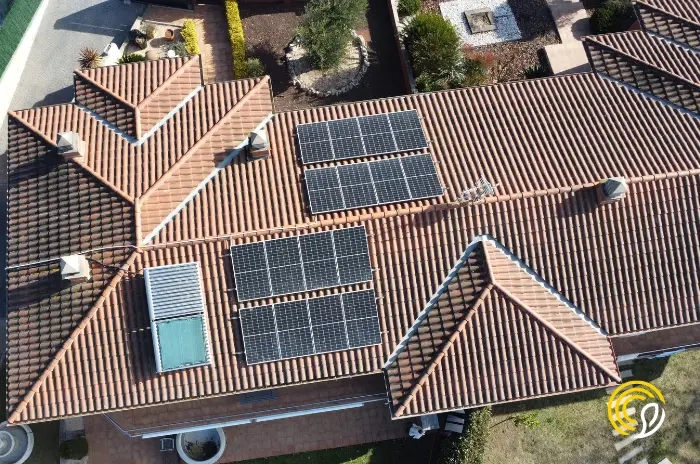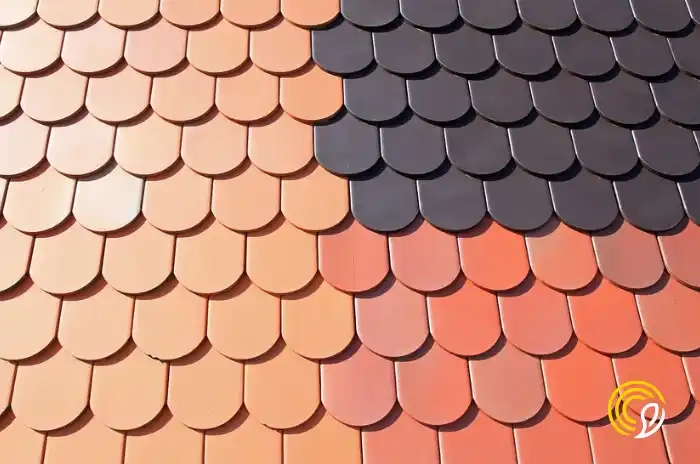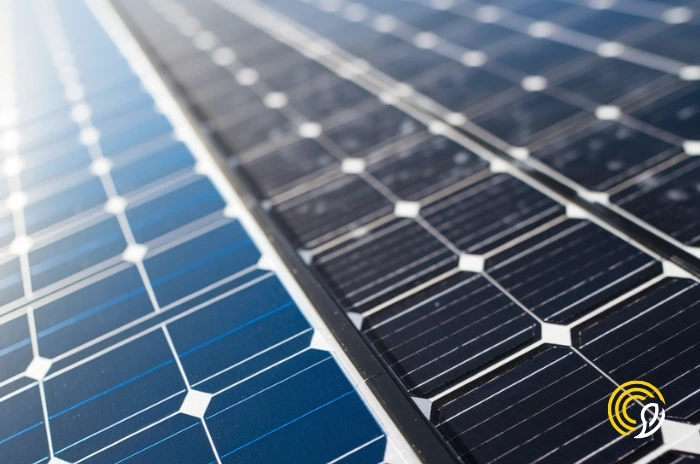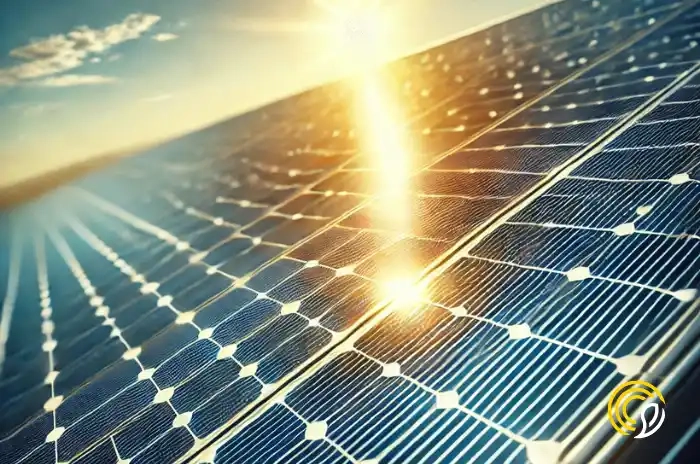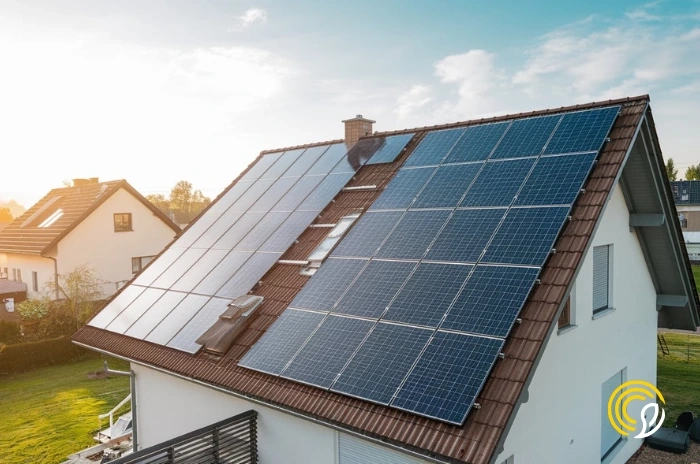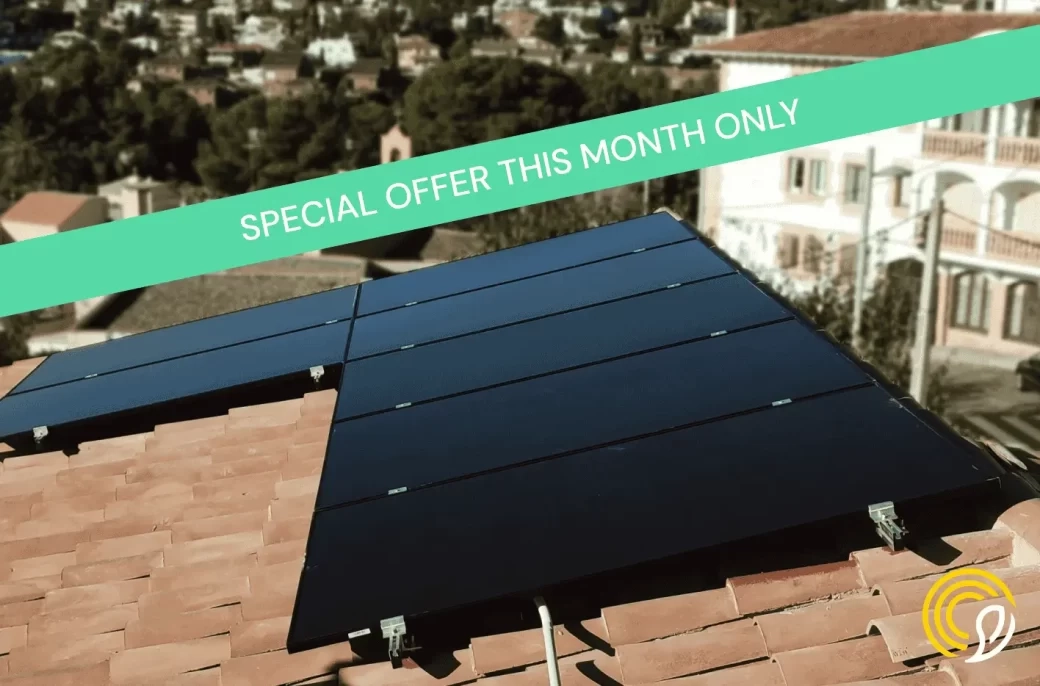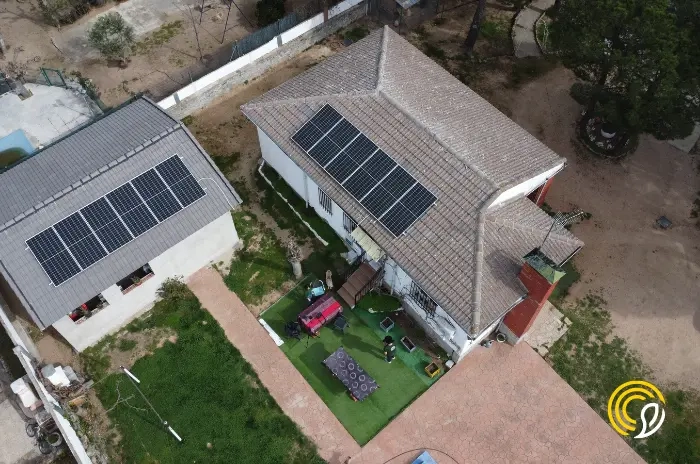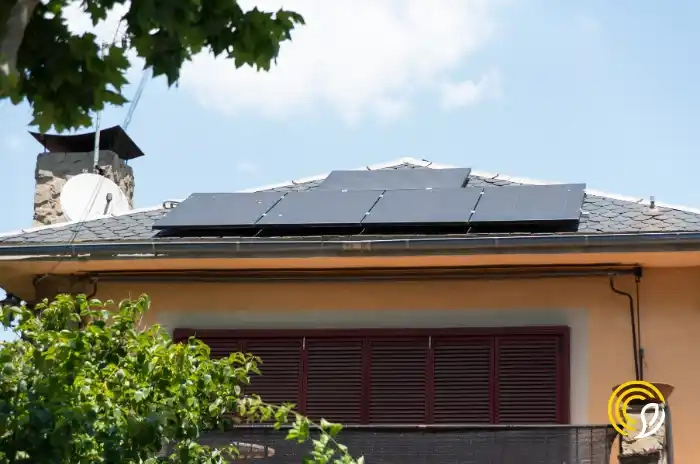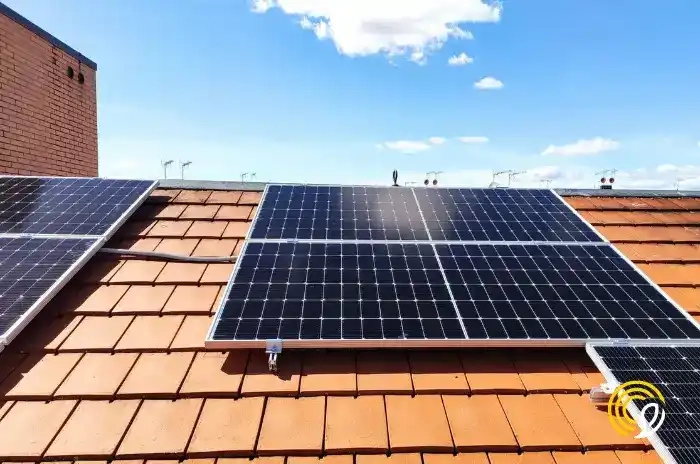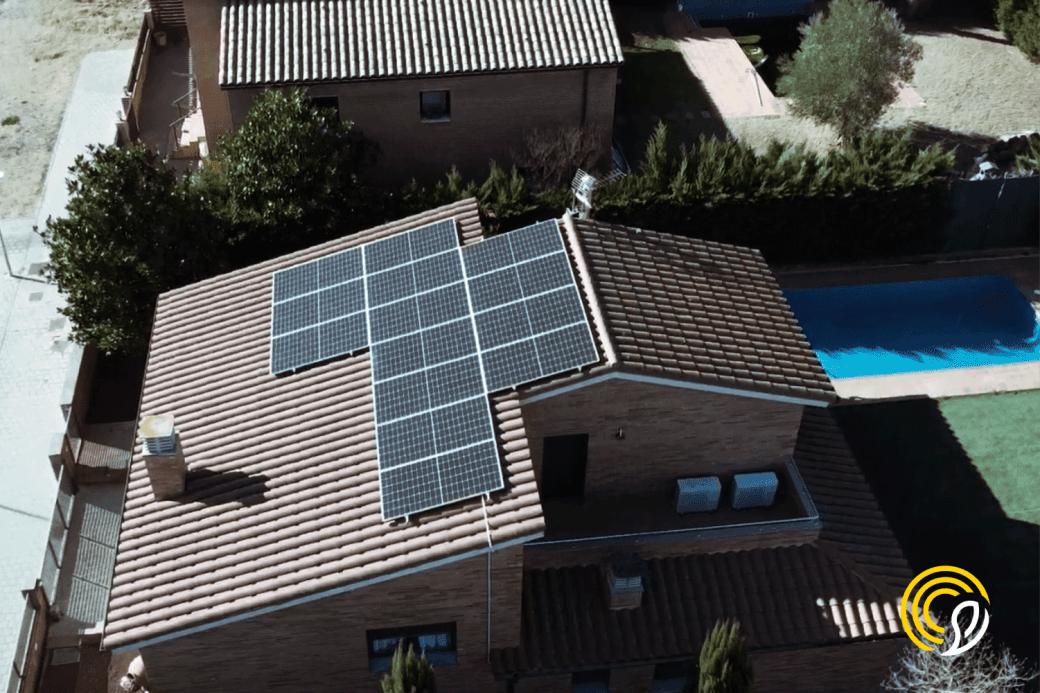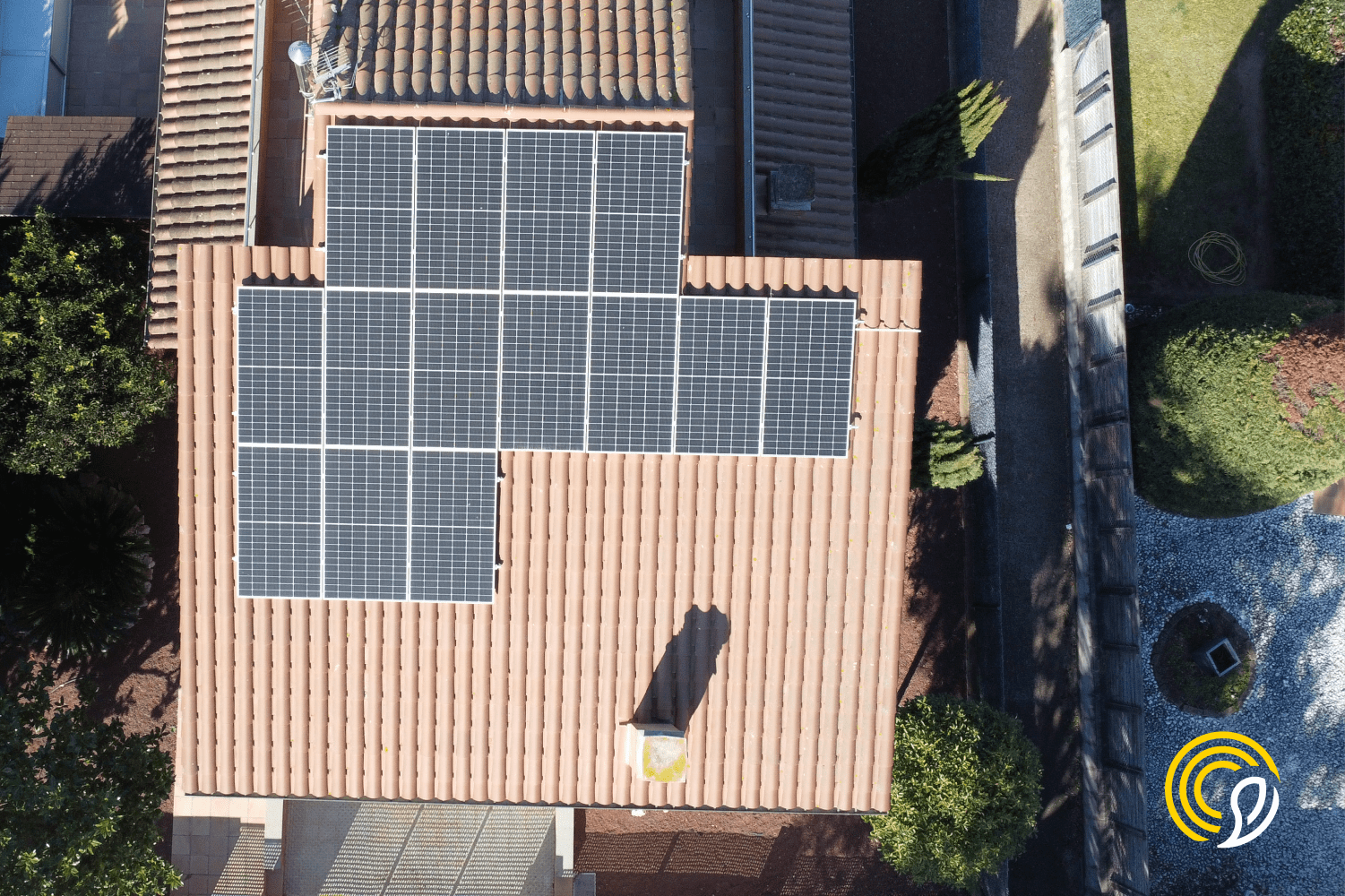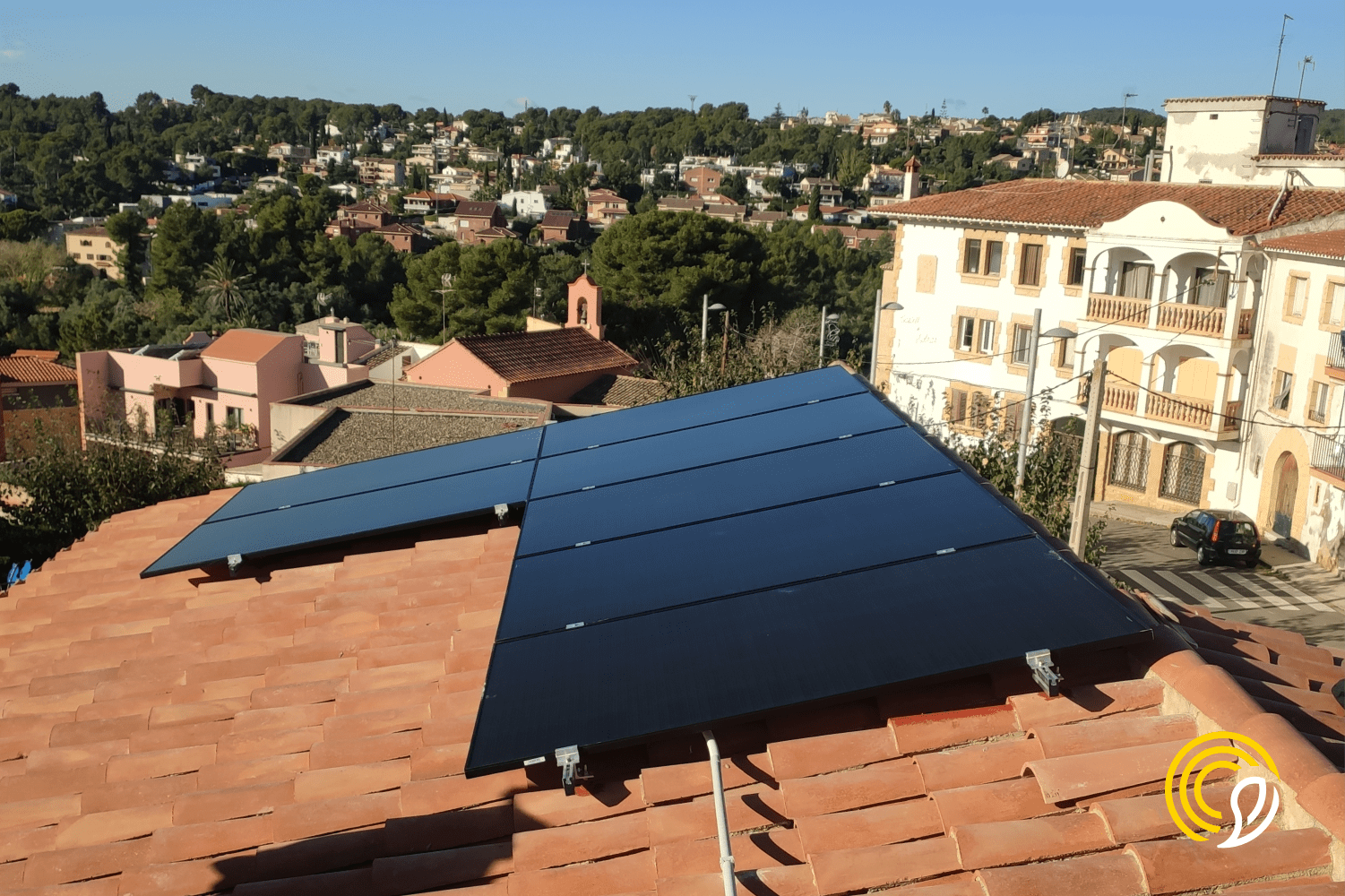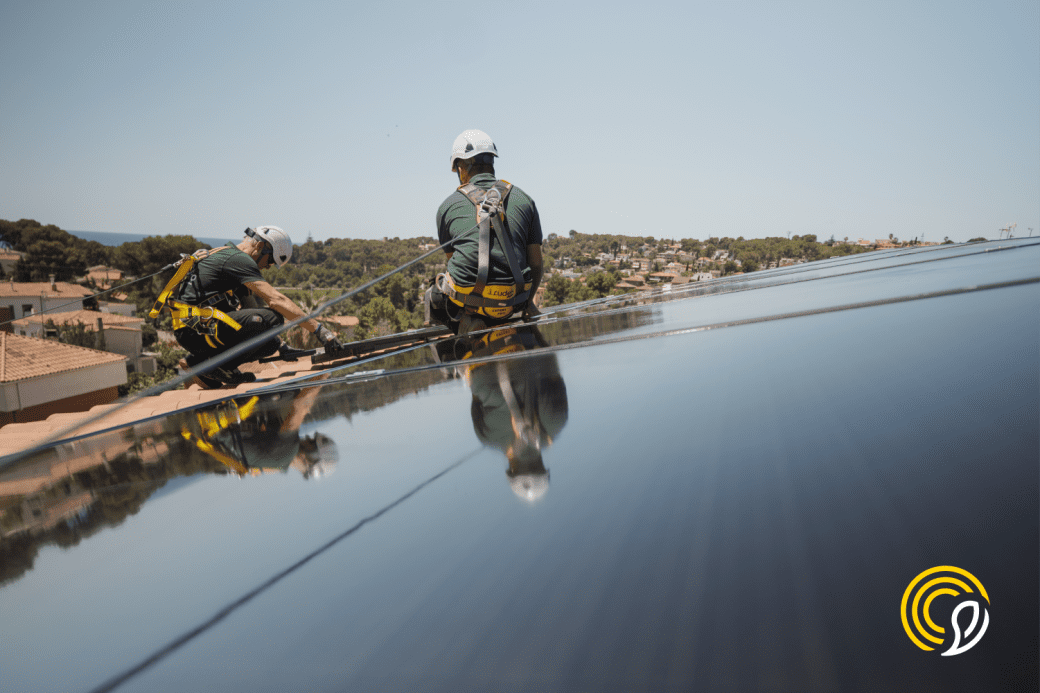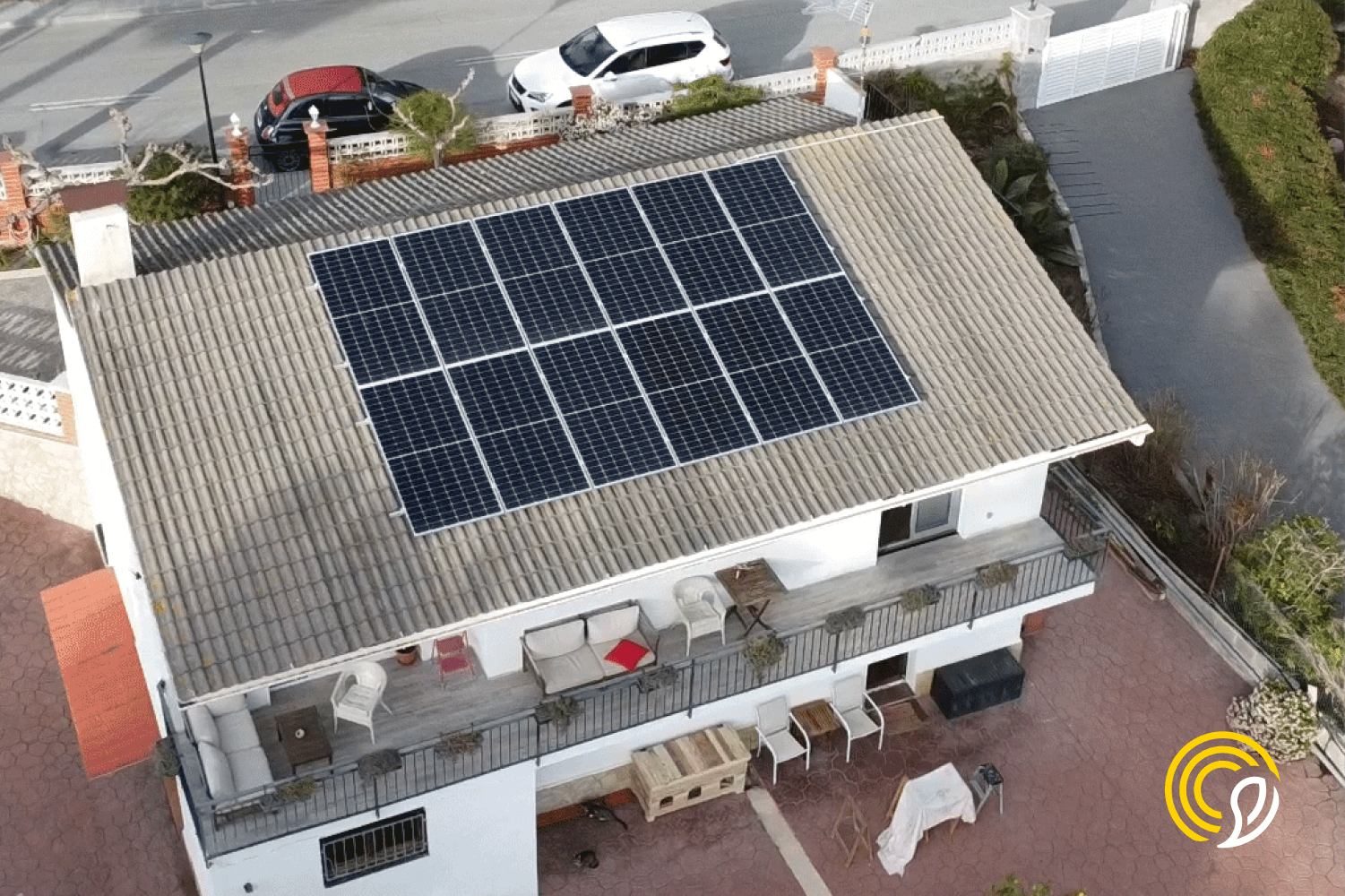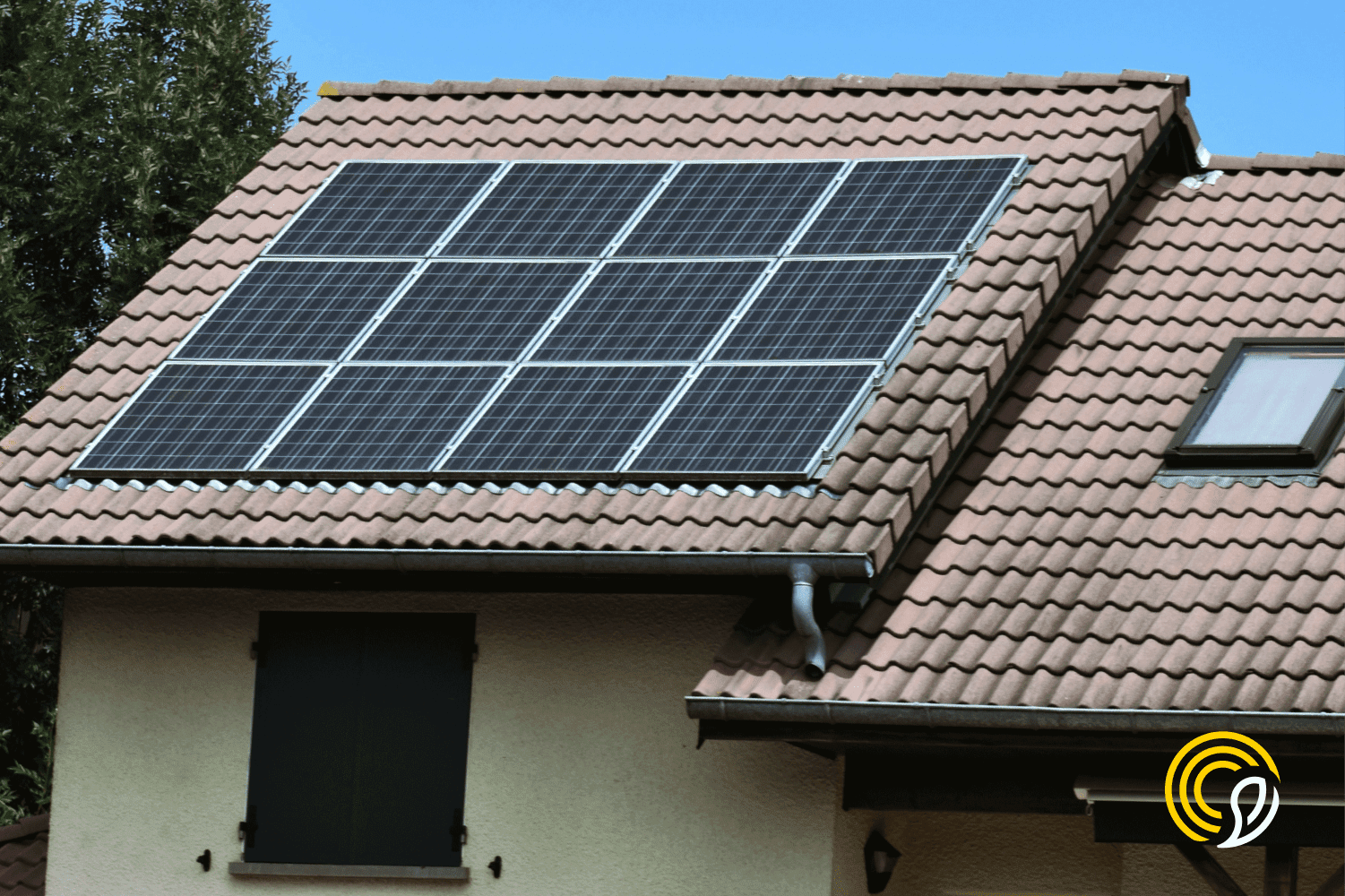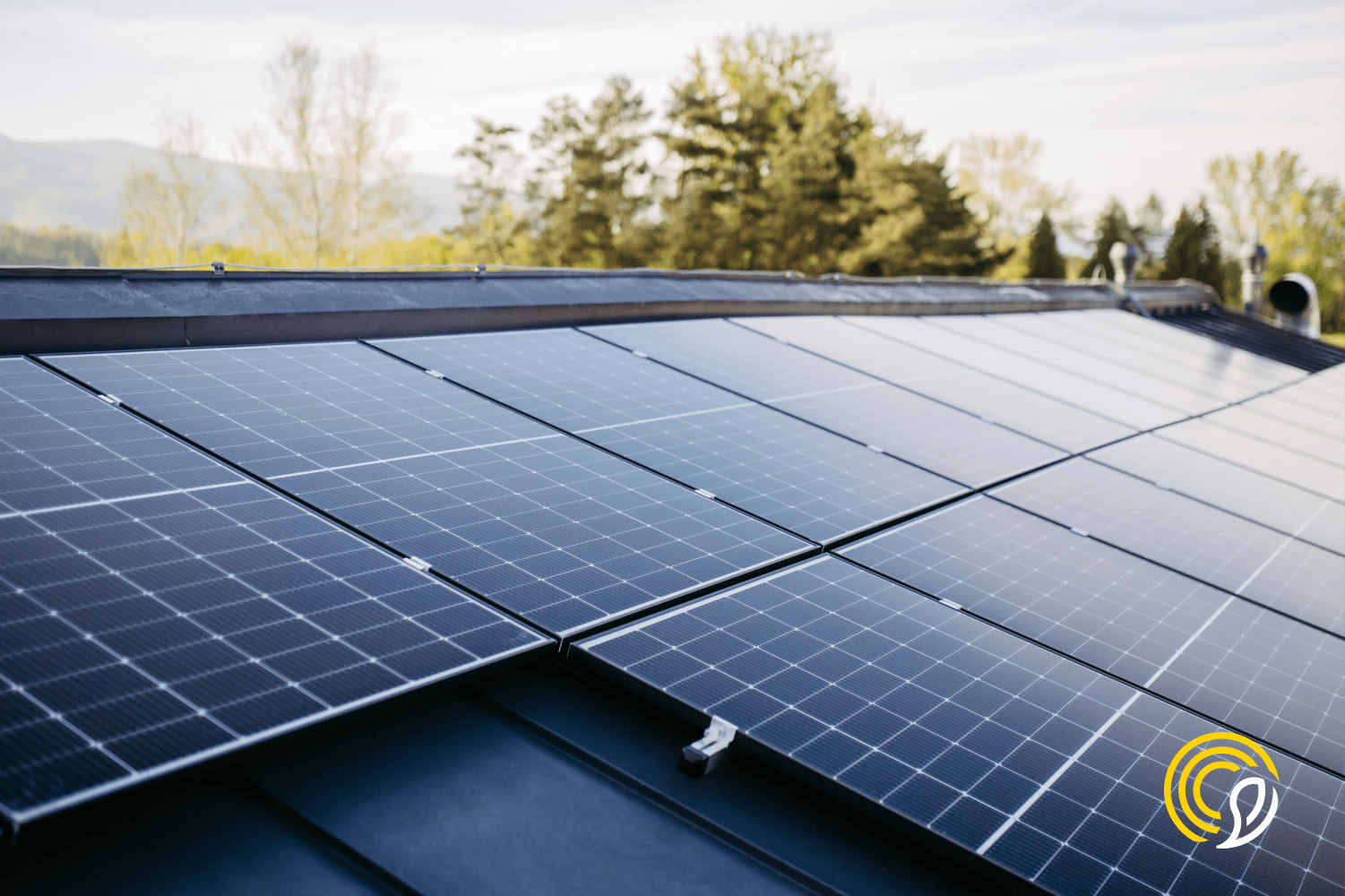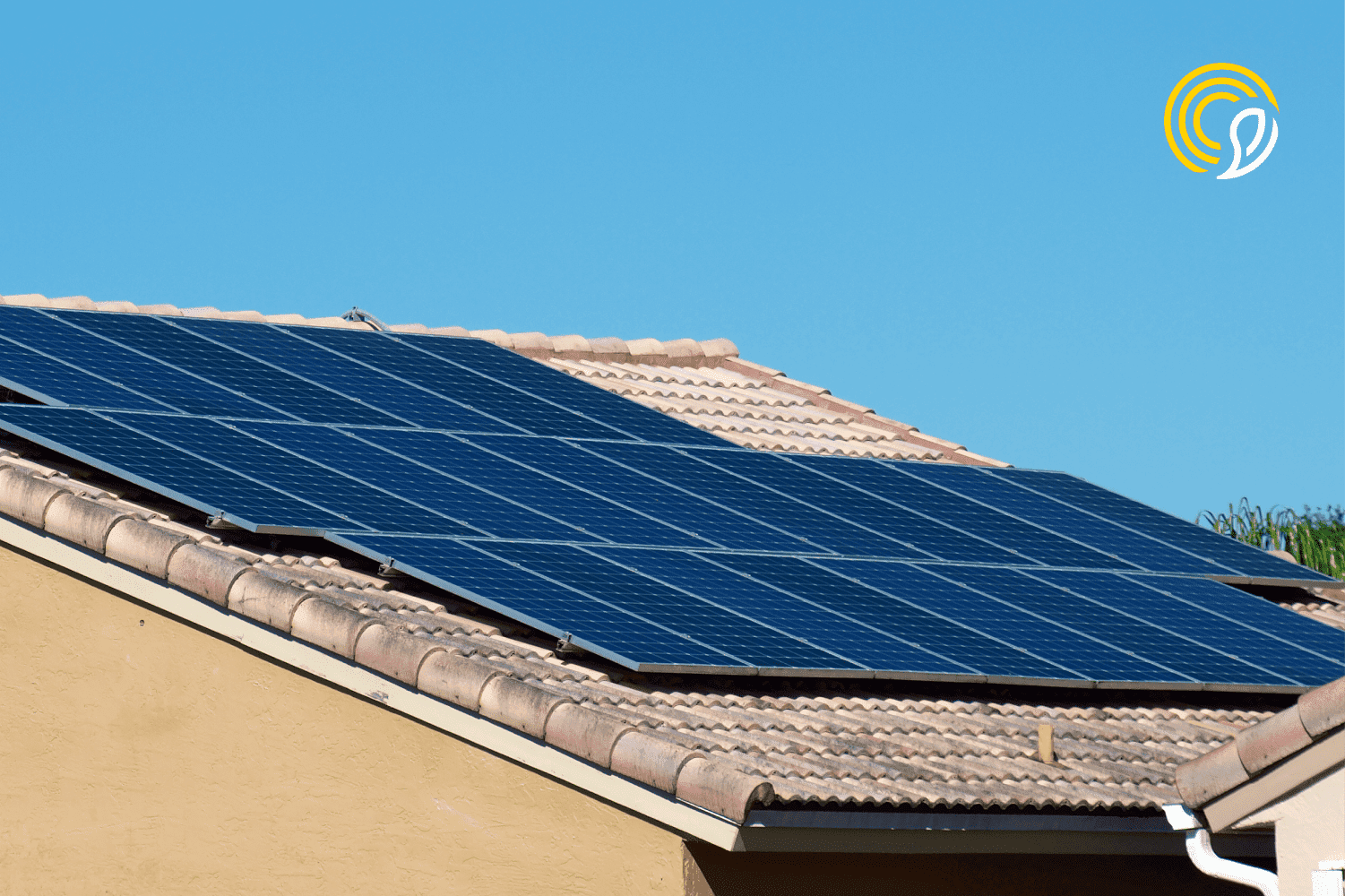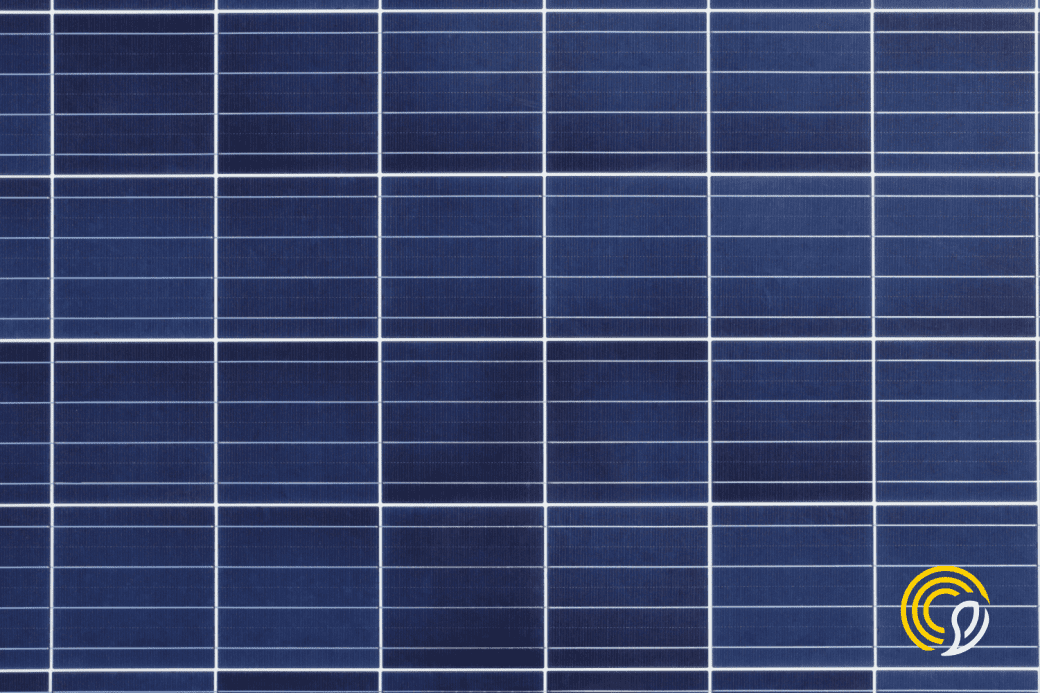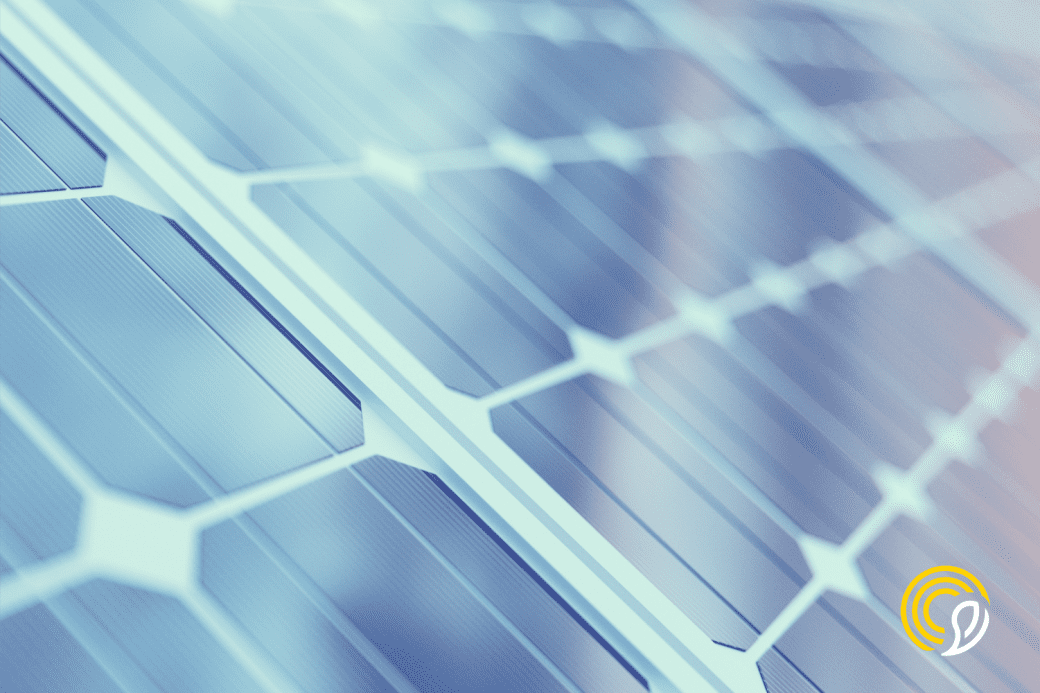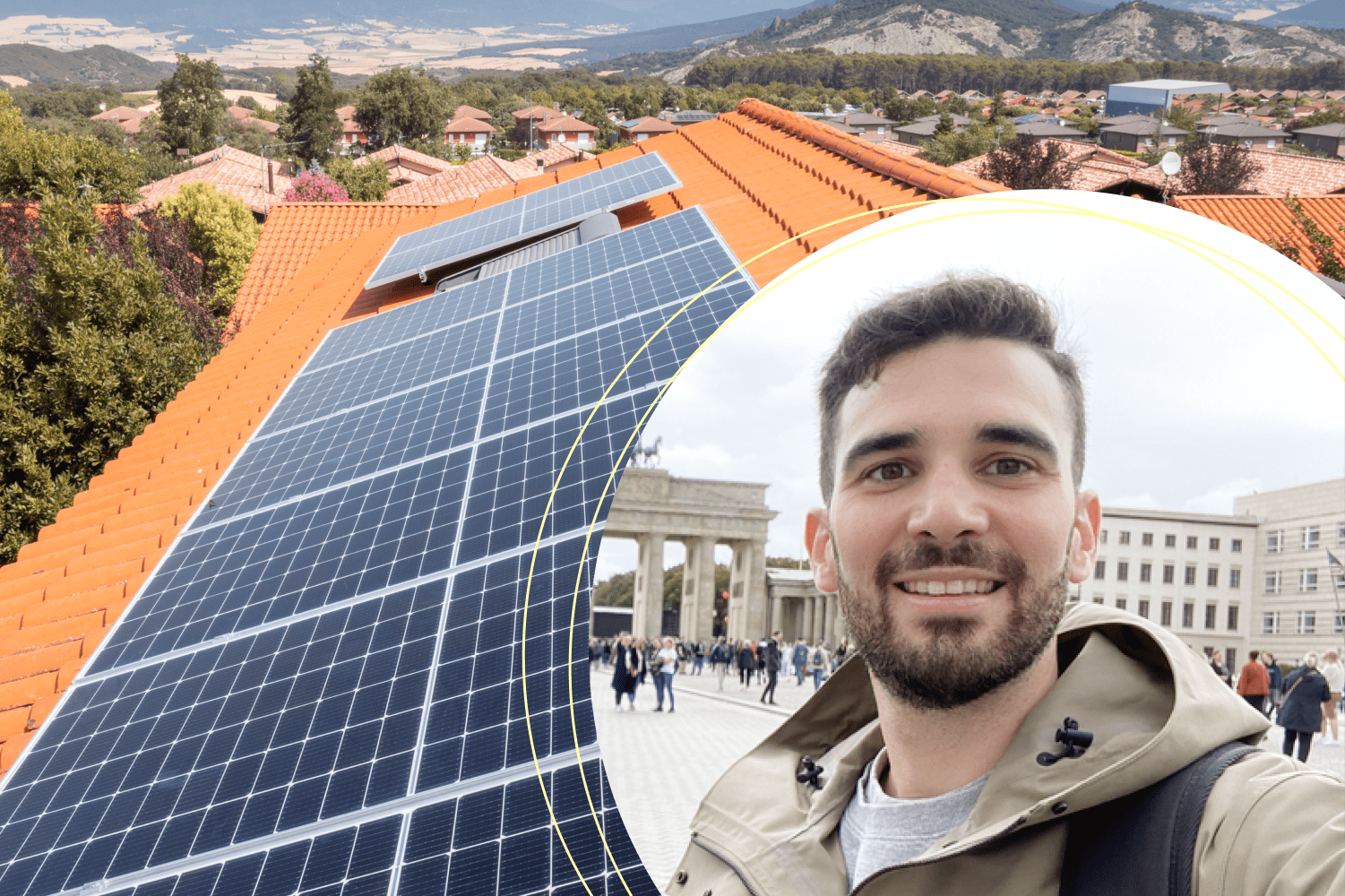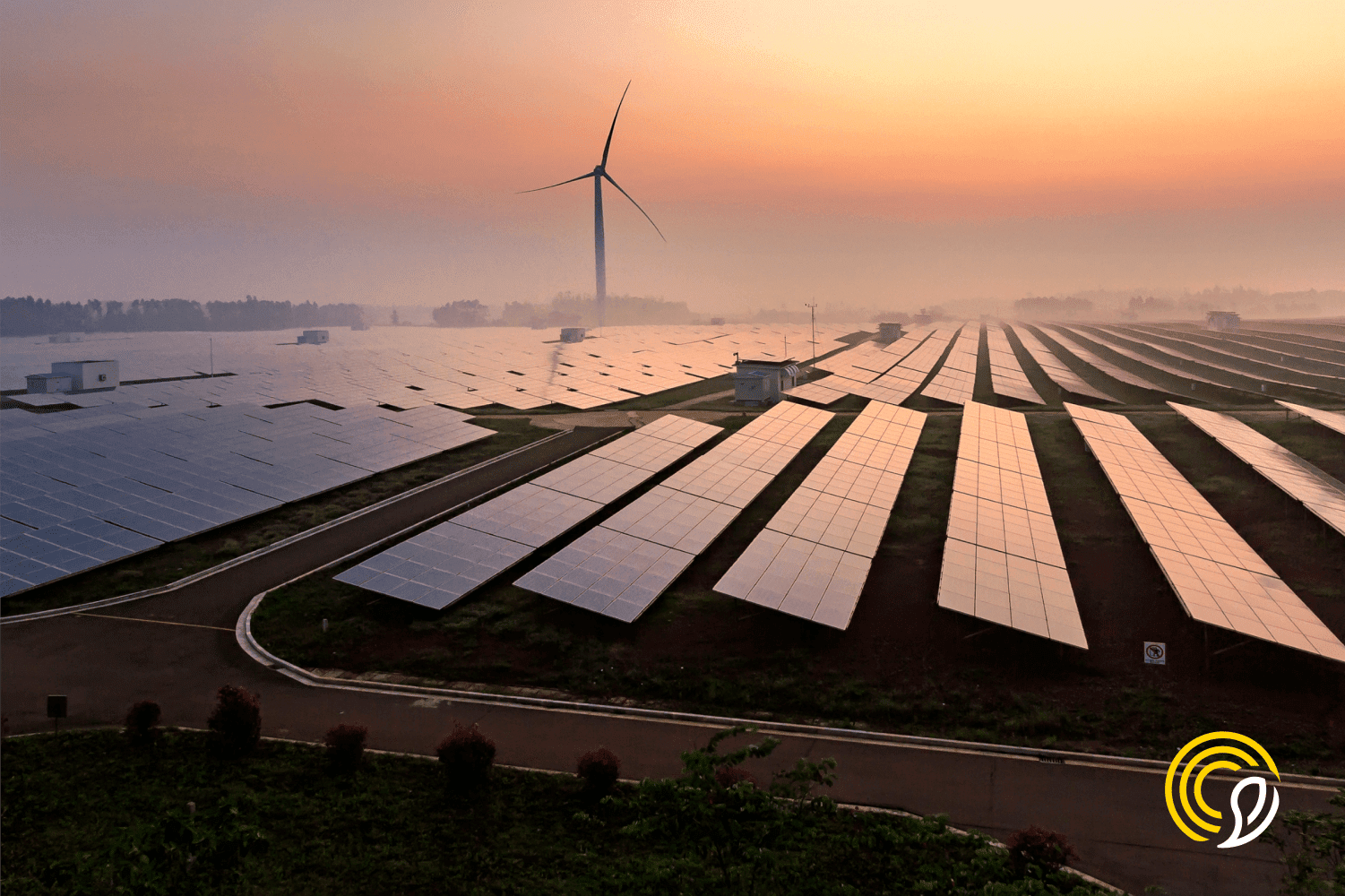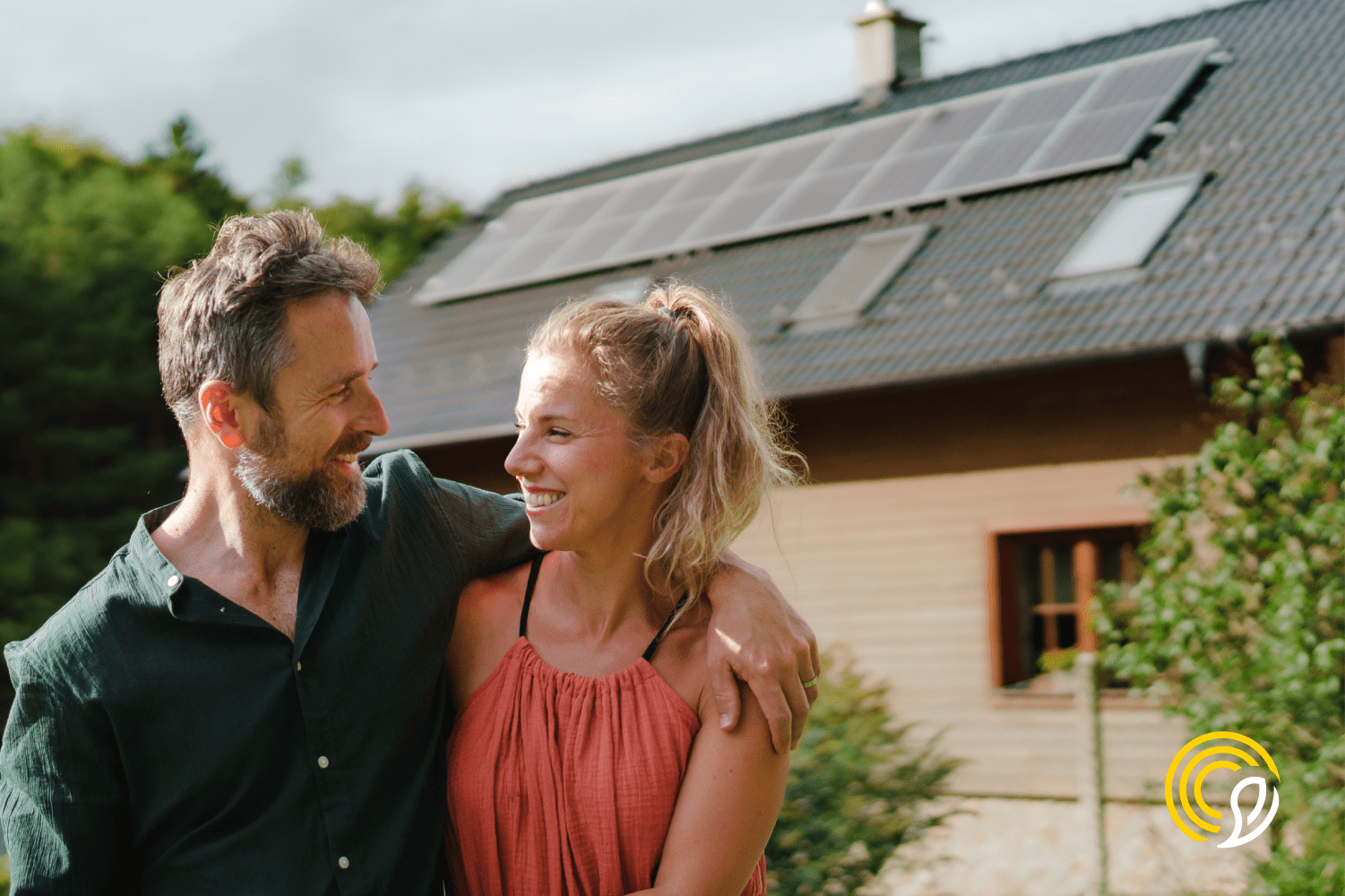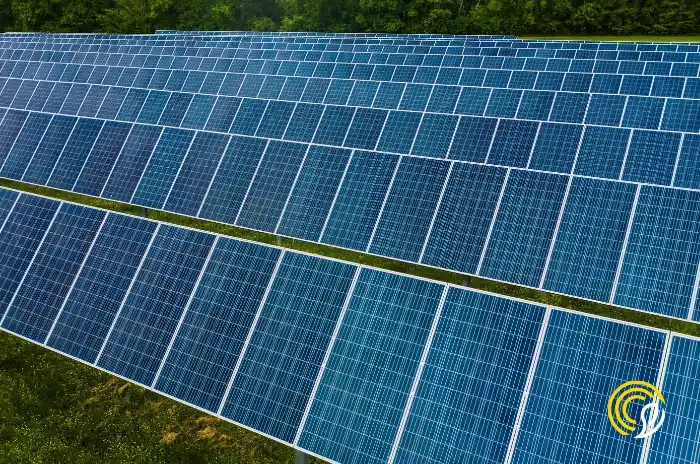
Everything you need to know about bifacial solar panels

Claudia Pardo, Content Specialist at Sunhero and a firm believer that solar energy can transform the world.
21/08/2024
3 min read
Table of Contents
In recent years, solar panel technology has advanced by leaps and bounds, and one of the most interesting developments has been bifacial solar panels.
If you’ve heard of them and are wondering how they differ from traditional solar panels, this article is for you.
What are bifacial solar panels?
Bifacial solar panels allow sunlight to be captured from both sides of the panel, unlike traditional panels that only do so on the front side. This feature enables them to generate more electricity by harnessing both direct sunlight and reflected light from the ground or other surfaces.
Thanks to this capability, bifacial panels are more efficient, especially in environments where the ground reflects a lot of light, such as snowy or desert areas. Their versatile design allows for installation in various scenarios, maximizing energy production.
Additionally, the glass structure on both sides not only improves light capture but also increases the panels’ durability, protecting them against adverse environmental factors such as dust, moisture, and wind. This translates into a longer lifespan and a faster return on investment, despite their higher initial cost.
Characteristics of bifacial panels
- Performance: Bifacial panels can generate between 10% and 30% more electricity than traditional monofacial panels. This is due to their ability to capture reflected light on the back side, making them more efficient, especially in environments where the ground or surrounding surfaces reflect a lot of light, such as snowy or desert areas.
- Weight and structure: Generally, bifacial panels are slightly heavier due to the additional protection needed on the back side. Despite this, they are still light enough to be installed on most rooftops without issues. Furthermore, their glass structure on both sides provides greater durability and resistance to adverse environmental conditions.
- Durability: The double glass layer in bifacial panels not only improves light capture but also offers greater protection against external factors such as dust, water, and wind. This results in a longer lifespan, with many manufacturers offering warranties of up to 30 years.
- Price: As expected, bifacial technology has a slightly higher cost compared to monofacial panels. However, this higher initial cost is offset by the increase in energy production, which can translate into a faster return on investment.
Advantages of bifacial solar panels
Bifacial solar panels offer several key advantages that distinguish them from traditional technologies. Here are some of them.
Increased energy production
Bifacial panels are designed to capture sunlight on both sides, allowing them to generate between 10% and 30% more energy than traditional monofacial panels. This additional light capture capability translates into higher electricity production, especially in environments where reflected light is abundant, such as areas with snow, water, or light-colored surfaces.
Efficiency in limited spaces
Due to their higher output per panel, bifacial panels are an excellent option for installations with limited space. With fewer panels, you can generate the same or even more energy compared to a monofacial panel installation. This makes them ideal for residential, commercial, and industrial applications where space is a valuable resource.
Resistance and durability
The glass structure on both sides of the panel not only improves efficiency by allowing light capture on both sides but also provides superior protection against the elements. This includes resistance to dust, water, wind, and other adverse environmental conditions, contributing to an extended lifespan. Many manufacturers offer warranties of up to 30 years, underscoring the reliability and durability of these panels.
Adaptability
Bifacial panels are especially effective in environments where reflected light is significant. In areas with snow, water, or light-colored surfaces, the reflection of light can significantly increase the amount of energy captured by the panel, thus optimizing its performance. This adaptability makes them a versatile option for various climate and terrain conditions.
Lower operating temperature
An additional advantage of bifacial panels is that, being exposed to light on both sides, they tend to operate at lower temperatures than monofacial panels.
Lower temperatures can improve panel efficiency, as solar panels tend to lose efficiency as temperatures rise. Moreover, operating at lower temperatures can extend the panel’s lifespan, reducing wear and tear associated with heat.
At Sunhero, we are committed to offering the best energy solution for each of our customers who want to switch to self-consumption. Although we specialize in the installation of high-quality monofacial panels, we can advise you on the features of bifacial panels and their use in different situations. Would you like to know more about the most suitable option for your home? Contact us, and we’ll help you make the best decision!
Start today!
Fill out our free solar calculator and get a custom quotation
